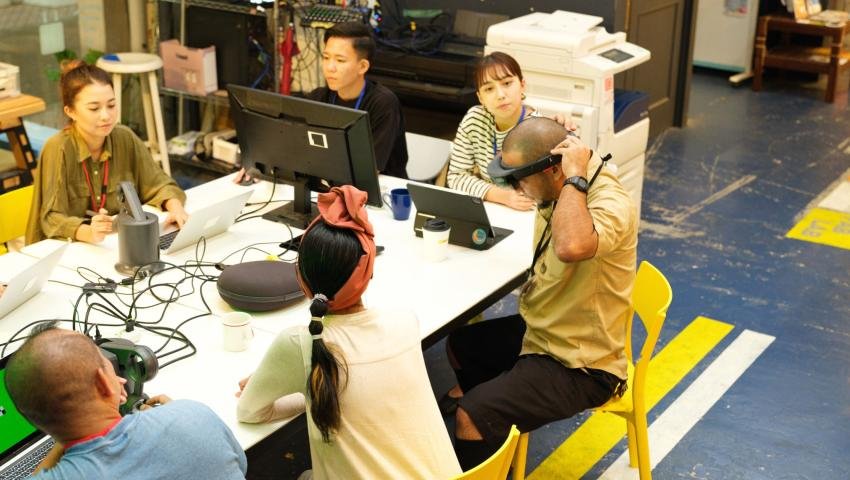
Virtual Fun, Real Skills: How AR-VR Games Are Changing Learning
Learning has never been this fun. Virtual Fun, Real Skills: How AR-VR Games Are Changing Learning explores how immersive technologies are transforming education. Discover how AR and VR games boost engagement, improve retention, and teach real-world skills in exciting, interactive ways. Ideal for educators, developers, and forward-thinking learners.
Virtual Fun, Real Skills: How AR-VR Games Are Changing Learning
Imagine walking through ancient Rome, solving physics puzzles in space, or learning a new language while escaping a digital maze—all without leaving your room.
That’s not science fiction. That is the educational potential of AR and VR.
Augmented Reality (AR) and Virtual Reality (VR) are turning traditional learning into exciting, immersive experiences. And it’s not just about fun—AR-VR games are helping learners develop real-world skills like problem-solving, creativity, collaboration, and critical thinking.
What Are AR and VR Games?
AR (Augmented Reality): Adds digital elements to the real world through devices like phones or AR glasses. Think Pokémon GO or educational apps that show 3D organs floating above your textbook.
VR (Virtual Reality): Puts you inside a fully digital world using a headset, allowing you to explore and interact as if you're really there.
When these technologies are used for gaming and education, they create “edutainment” experiences that are both enjoyable and effective.
How AR-VR Games Build Real Skills
Hands-On Learning Like Never Before
Students can experience a topic rather than read about it.
Examine the human body from the inside out.
Walk through historic landmarks.
Perform virtual science experiments with zero risk.
Result: Better memory retention and understanding.
2. Critical Thinking & Problem Solving
AR-VR games often involve:
Challenging puzzles
Interactive scenarios
Real-time decision-making
This pushes players to think fast, analyze situations, and come up with creative solutions—just like real-life professionals.
3. Teamwork and Communication
Multiplayer VR games can simulate group projects, where players must:
Share roles
Work together under pressure
Communicate clearly
These experiences have a direct impact on social skills and teamwork in the workplace.
4. Building Empathy Through Role Play
VR games can simulate life from another perspective:
Experience the world as someone with a disability
See life in a war zone
Understand other cultures through immersive storytelling
Empathy is a skill that's difficult to teach through textbooks but comes alive in VR.
Real-World Applications of AR-VR Learning Games
Field | Example of AR/VR Use |
|---|---|
Medicine | Practicing surgeries in virtual environments |
Engineering | Exploring machine components in 3D |
Language Learning | Speaking with AI-powered VR characters |
History | Virtual tours of ancient civilizations |
Aviation | Simulated flight training for pilots |
Not Just for Schools
Corporate Training: Soft skills, customer service, and leadership simulations
Military: Safe combat training scenarios
Special Education: Personalized immersive tools for children with learning differences
The Results Speak for Themselves
Studies show that AR-VR education can:
Increase learning retention by 75–90%
Improve student engagement
Shorten the time required to become proficient in difficult subjects
The Future of Learning Is Here
As technology gets cheaper and more accessible, AR-VR learning games will be in every classroom, training center, and home. The best part? You don’t have to choose between learning and fun anymore.
Tooba Wajid
Leave a comment
Your email address will not be published. Required fields are marked *

